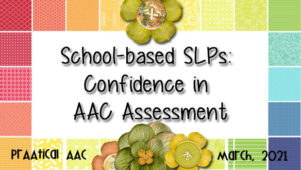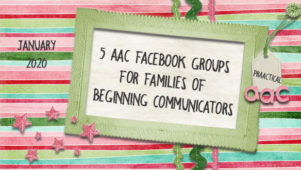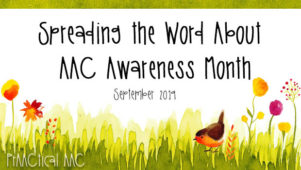Building Acceptance for AAC: Sharing Information
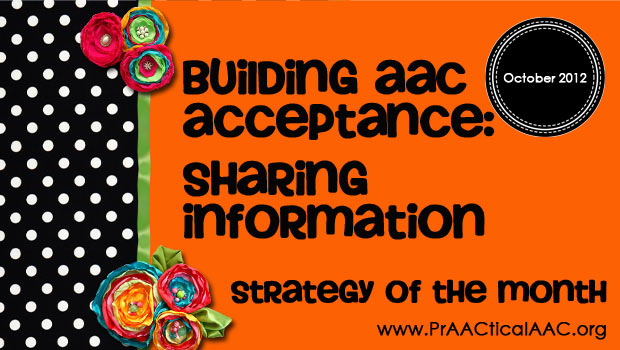
While there are certainly attitudinal barriers to AAC, it’s also true that sometimes the people we are trying to influence just need more information. Sounds simple, right? Not exactly. Especially when we consider these factors.
- Adult learners prefer to chart their own course to learning new things rather than have others lay that out for them.
- Our behaviors are most likely to change when we discover solutions for ourselves, as opposed to following directions that others give to us.
- We have a limited amount of time to guide others to the information they need.
Here are some things that have worked for us.
- Develop a bank of educational materials that pertain to the topics that you face most often in your clinical work. Create resource files for general topics, such as the empirically-supported benefits of AAC, and specific topics, such as the evidence base for using SGDs with individuals who have ASD. Make an effort to build this over time so that you have resources on a growing number of topics.
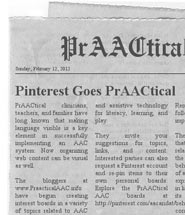
- Use electronic media to collect and share information. Collect digital material, such as websites, online articles, PDFs, and videos using tools in sharing sites so that you can share the URL with people who need that information. This makes it easy to update the materials when you encounter new things. We like using a variety of tools, such as Pinterest, LiveBinders, and Scoop.It. Some examples: Aided Language Input, Communication and Autism, Challenging Behaviors, Visual Schedules, and Literacy Supports.
- Develop screencasts: Free tools like Screencast-o-Matic and Jing (from Techsmith) allow us to make really short videos that we can then share with colleagues or families. It isn’t at all difficult or time-consuming as you might imagine, and you can cover a lot of territory this way. Here’s an example of one we did awhile back to share with clinicians who are relatively new to Boardmaker to encourage them to build their skills.
- Connect them to a professional learning community: Rome wasn’t built in a day, and AAC learning takes awhile, too. In most situations, there’s no way to address all their AAC knowledge gaps at once. Plus, we all learn best with small, manageable bites of information. Consider encouraging them to connect to appropriate Facebook pages (such as Augmentative Communication Resources), blogs (like Teaching Learners with Multiple Special Needs), and Twitter feeds/AAC hashtags (e.g., @janefarrall, #augcomm, #assistivetech).
- Stay in touch: When we’re trying to influence others toward better AAC implementation, it helps to have periodic contact. Checking in with these colleagues on a casual basis gives you an opportunity to monitor where they are in the AAC learning process, and share information that will help in the next stage of their professional growth.
–
Building the AAC knowledge base of those whose skills we hope to influence is a commitment, but one that we can each take on to one degree or another. Sharing information is a good start.
–
Filed under: Strategy of the Month
Tagged With: acceptance, colleagues, Facebook, information, Jing, Pinterest, resources, Scoop.It, screencast, slps, teams, twitter
This post was written by Carole Zangari

